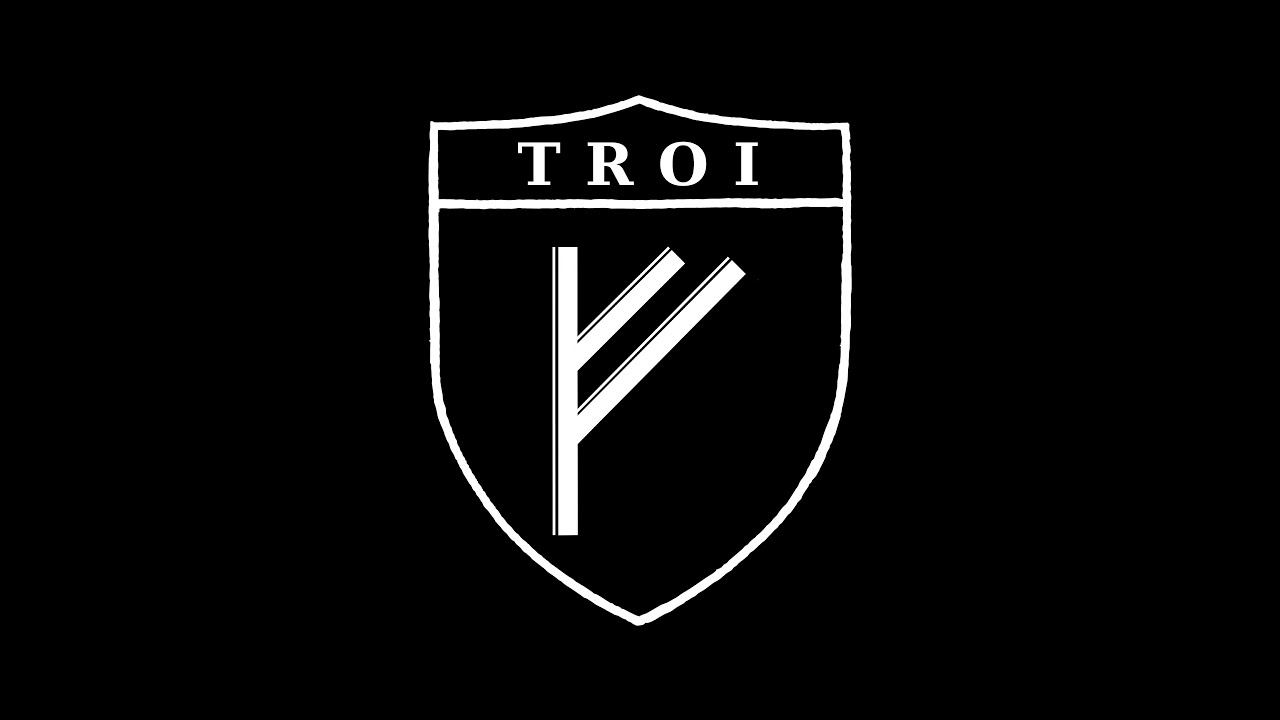What is Aspect Ratio?
Aspect ratio is the term used to describe the ratio of the width to height of an image. Different aspect ratios are used for different types of media. Books have aspect ratios the same as photographs and artwork. We are used to seeing things in certain shapes and sizes. Film and video is no different. While our screens may all be about the same size or in the same aspect ratio, our video’s are not. This is why you get the black bars on top and bottom or side to side when watching certain movies at home on your tv.
Why is the Correct Aspect Ratio Important for Your Film or Video?
Everyone want’s to make their film project, wither that be a video, indi-film, promo, trailer, etc. to look as professional as possible. Wither you are looking for the perfect cinematic feel or just want to make sure your video looks good when you post it online, choosing the correct aspect ratio is crucial. Not only can it change the look of your film, but it can drastically change the experience of the viewer.
As high-definition video has taken over the previous standard-definition of the early 2000’s, we are more picky than ever when it comes to getting the best video size and quality possible.
If you want to test this yourself, find an old full-screen DVD from the 2001-2004 era, and pop it into your blu-ray or dvd player. You will notice right away that there are two black bars on the side of the film. While this doesn’t bother everyone, it bothers the average movie enthusiast who is used to the film filling up their entire tv.
For further proof, you can look up the controversy surrounding the release of Zack Snyder’s Justice League, which was formatted to fit the intended IMAX aspect ratio to a modern 4K television. Again, not a problem for everyone, but there were a handful of people who did not agree with the decision.
One final note which is worth mentioning before getting into the top 5 aspect ratios is this. When you use a more cinematic format for your video, it can lend an additional sense of professional credibility that most people will not even realize why. We are used to seeing movies presented in a specific way. Same goes for television programs, youtube videos, and commercials. While people don’t understand or care about aspect ratios, they will immediately notice when it’s done wrong, though they won’t be able to point out why.
For this reason, we put together the most important aspect ratios every film enthusiast should know, so you can find the right one for your projects needs. (A more detailed list will be found at the bottom to include formats that didn’t make the top 5 of our list)
#1 – 16:9
Standard aspect ratio for high-definition video.

Most modern tv’s, computer and laptop monitors, and similar video devices are built with this aspect ratio in mind. This is in part as the result of widescreen tv displays becoming popular as technology advanced and created the first plasma and HD televisions in the mid 2000’s.
This is the first one on our list because it seems the most relevant. If you are looking to create an image, animation, or video, it makes sense to start with the aspect ratio that will be default on most modern devices.
The following examples are all placed over the 16:9 aspect ratio to give examples of how they will look on a modern screen. It is also worth mentioning that ultra-wide tv’s and monitors are clear exceptions, but since they are not the norm for the general public, they have been left out of basic aspect ratio consideration.
#2 – 4:3
Known as the Standard aspect ratio and standard-definition video format.

For television, the original screen ratio followed the 4:3 settings. This was common from the 1980’s through the early 2000’s. Of course, the changes in television formatting changed at varying paces over time, but this is still a common aspect ratio that can be found today.
Many tv shows, full-screen movies, and other programming will most likely be formatted in the 4:3 aspect ratio. However, with the introduction of Blu-ray and online streaming, many older programs, shows, and movies have been updated and rereleased with other formats which better fit the 16:9 ratio which is more popular and commonplace.
While this will not be anyone’s first choice, it made sense to place this in our second spot, which allows us to explain why older media follows a format that is no longer popular.
#3 – 1.85:1
Aspect ratio used for most U.S. theatrical showings since the 1950’s.
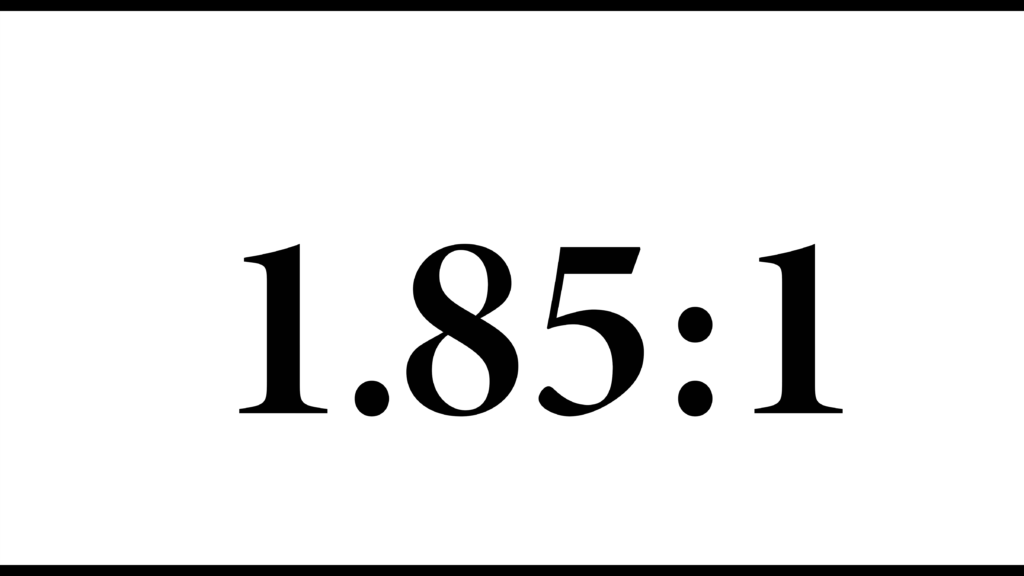
Known as the standard or normal widescreen format, many films and shows use this as the default. It is similar to the 16:9 aspect ratio, but as the example above shows, it is slightly wider.
1.85:1 is the aspect ratio provided by 35mm film. Before digital cameras and film making equipment became popular, 35mm was the default or standard for major film productions. Most notably, The Lord of the Rings was released on 35mm film. Sticking with the fantasy example, 2019’s The Witcher (Netflix Original) was also shot using this aspect ratio.
#4 – 2.39:1
Aspect ratio of current wide-screen (anamorphic) theatrical showings.
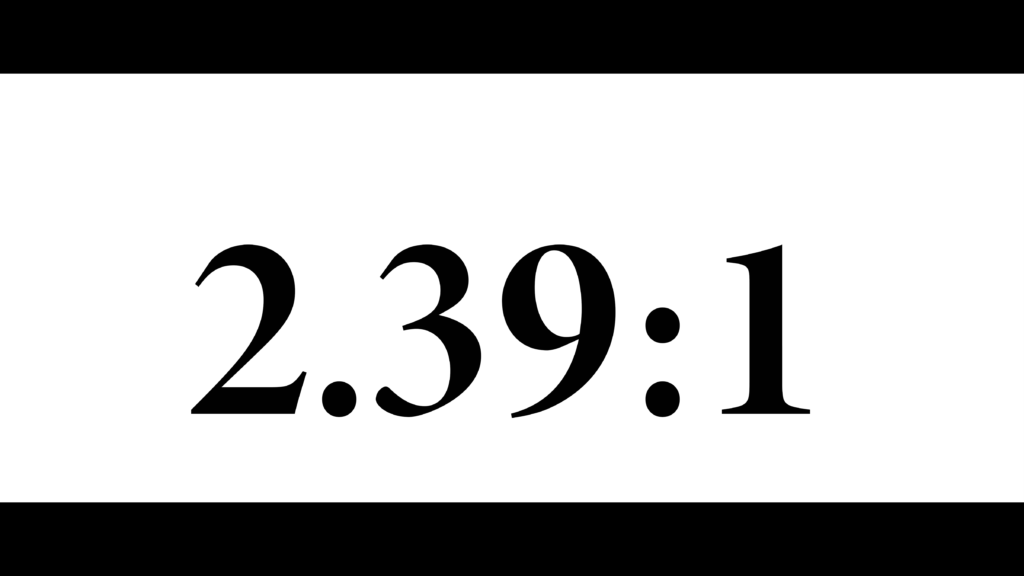
Known by the name anamorphic widescreen format, this aspect ratio is the widest for common films in modern cinema. This aspect creates an aesthetic that compliments dramatic features by expanding the field of view. This is also a great choice when shooting scenic landscapes, wide camera shots, and large scoping action.
#5 – 2.75:1
Aspect ratio of Ultra-Panavision, better known as 70mm film.
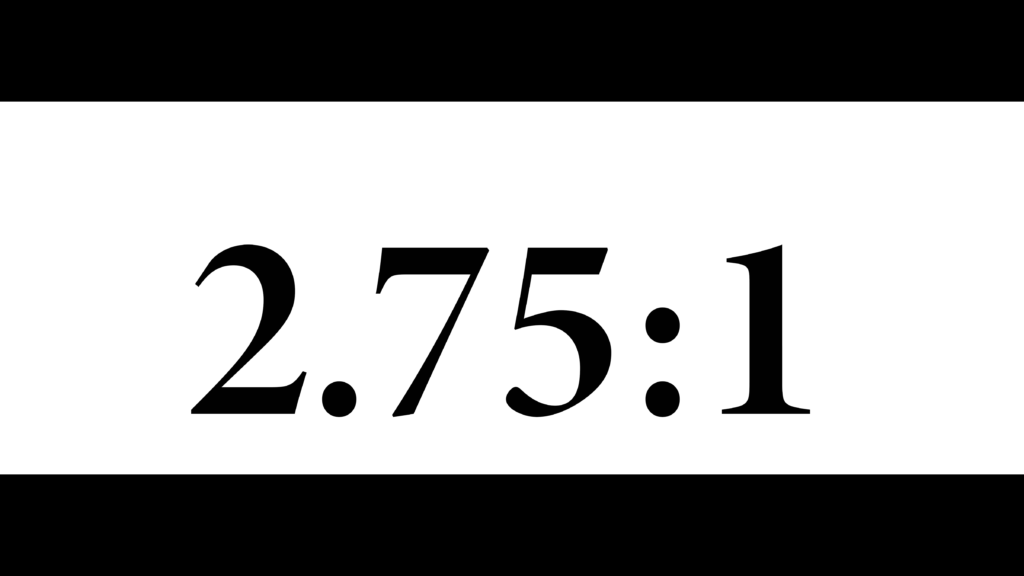
While similar to the 239:1 or anamorphic widescreen format, 2.75:1 boasts an extraordinary aspect ratio using 70mm film. This was famously used in 1959 during the making if Ben-Hur. While not as common as the standard 1.85:1 or 2.39:1 which are used for most modern films, there are directors who will use this larger aspect ratio for their projects.
Sam Rami and Wes Anderson are among the directors who have used this aspect ratio with their newer films. There are plenty of other resources that can detail out which films or projects have used which ratios, so we will not go into them here.
What is best for you?
As mentioned at the beginning, choosing the right format can be crucial to your project when ensuring that it doesn’t stand out in a bad way. While people will not realize that it was the bad aspect ratio they disliked, it will be noticed.
If you are looking to make a short film, animation, or video project, find the format above that is standard and use that. Unless there are specific reasons for not doing something, it can save a lot of headaches by using the same tool that so many professionals have used before.
But just like learning what pen a famous artist uses doesn’t make you a better artist, neither does learning the aspect ratios film makes use to tell their stories. Using the right or best tool for the job helps, but it’s still up to you to create the art with it.
Hopefully this list of the top 5 aspect ratios every film enthusiast should know has given you a start. Now you can choose the right camera, film, etc. to begin capturing your film in the size that is required.
Aspect Ratios List
- 4:3 or 1.33 – standard aspect ratio
- 1.66:1 – standard for European theatrical showings
- 16:9 or 1.78:1 – standard for high-definition video
- 1.43:1 or 1.90:1 – either or format for IMAX film aspect ratio
- 1.85:1 – standard for U.S. theatrical showings
- 2.39:1 – standard for anamorphic (wide-screen) theatrical showings
- 2.75:1 – aspect ratio for Ultra-Panavision 70mm film
- 4:00:1 – rare use of Polly-Vision 35mm film projected side by side.
